HISTORY
A Piece of New York History
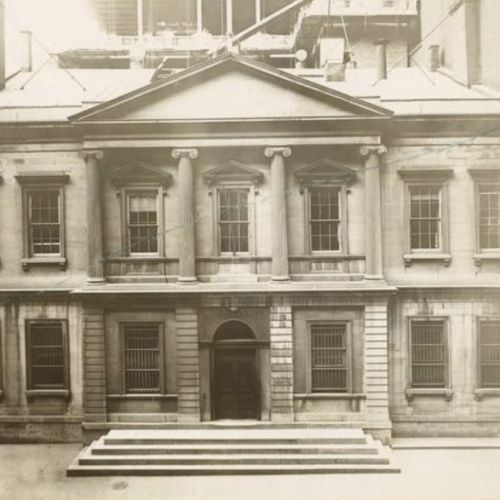
The land occupied by 30 Wall Street was originally the site of the Verplanck mansion until the property was sold to the Bank of the United States in 1822. The Branch Bank of the United States operated in the location until the branch closure in 1837.
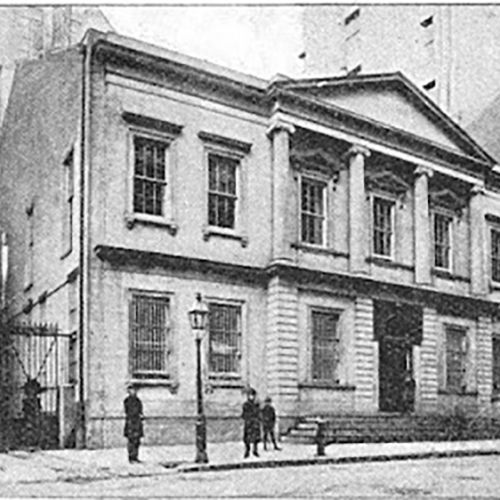
Years later the building was used by the Bank of the State of New York and sold to the United States government to be used as an assay office, at which the gold from California or elsewhere may be assayed.
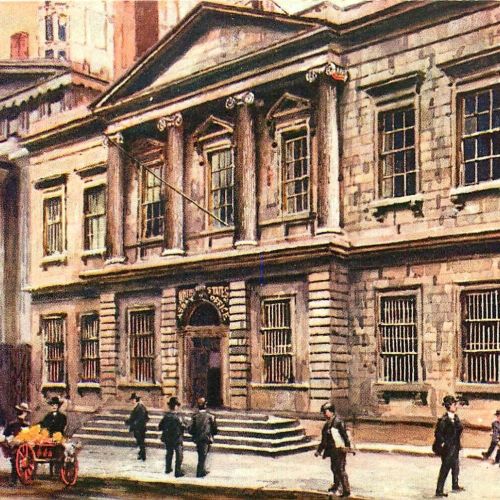
By 1912 the original building was showing serious structural problems and outgrowing its usefulness.
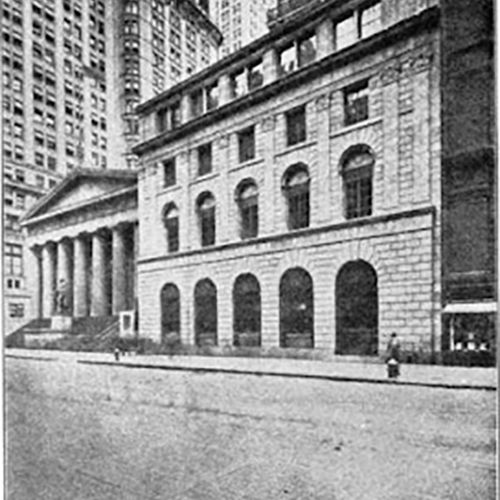
Before the scheduled demolition the Georgian facade was carefully stripped away from the building and later re-purposed as the entrance for the American Wing at the Metropolitan Museum of Art.

In 1915 renovation work began on a new three-story limestone structure, which still stands today, to become the new United States Assay Office.
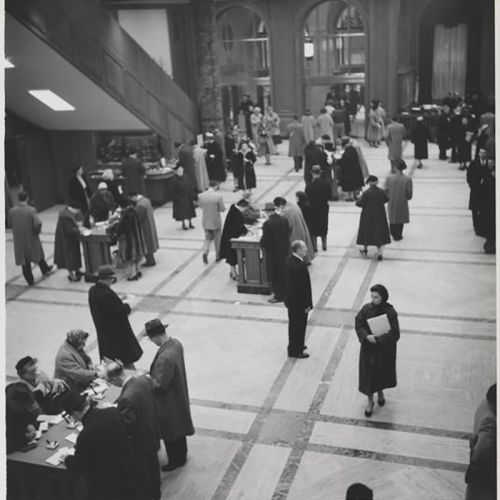
The building was repaired after an explosion – set off using a horse drawn carriage – rocked Wall Street on Sept. 16, 1920.
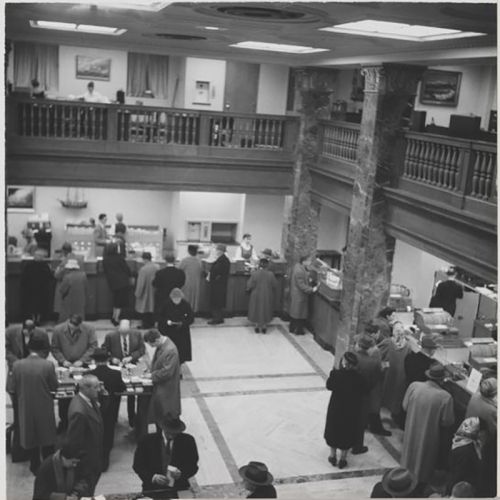
In 1953 Seamen’s Bank for Savings acquired the building and added a tower that rises to 12-stories.
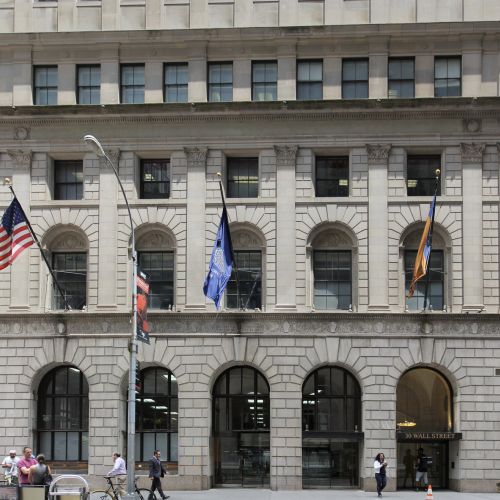
30 Wall St. repositioned as a boutique office building and owned by long term oriented, stable ownership who’s committed to the evolution of the FiDi.
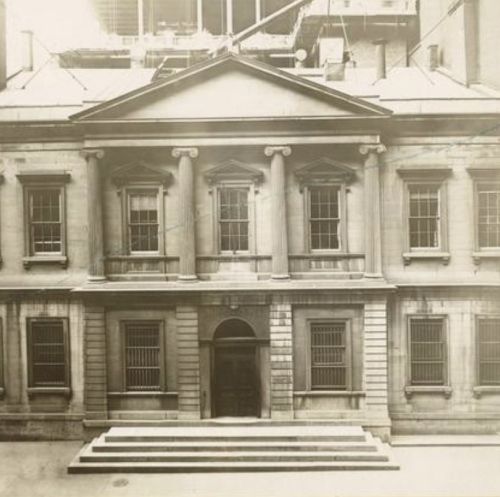
The land occupied by 30 Wall Street was originally the site of the Verplanck mansion until the property was sold to the Bank of the United States in 1822. The Branch Bank of the United States operated in the location until the branch closure in 1837.
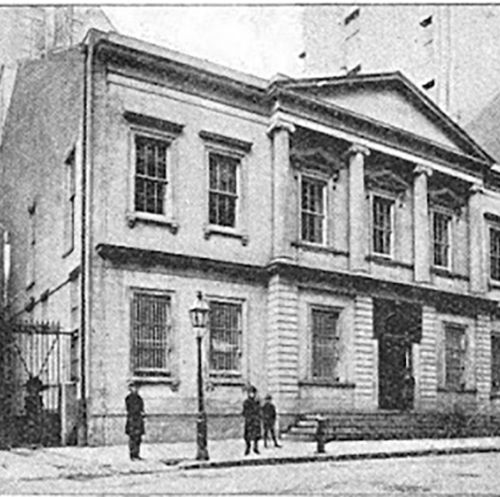
Years later the building was used by the Bank of the State of New York and sold to the United States government to be used as an assay office, at which the gold from California or elsewhere may be assayed.
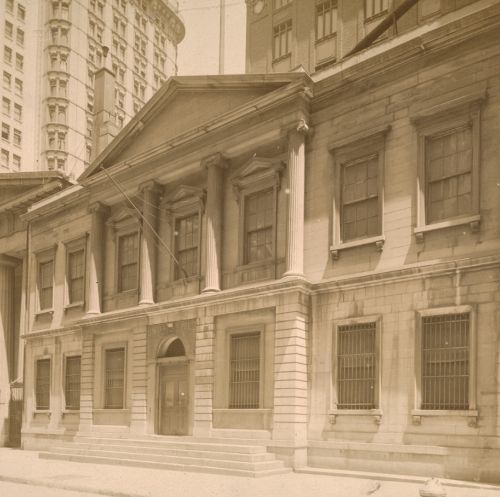
By 1912 the original building was showing serious structural problems and outgrowing its usefulness.
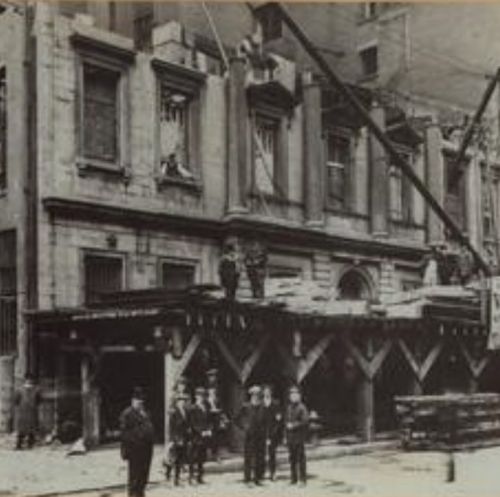
Before the scheduled demolition the Georgian facade was carefully stripped away from the building and later re-purposed as the entrance for the American Wing at the Metropolitan Museum of Art.
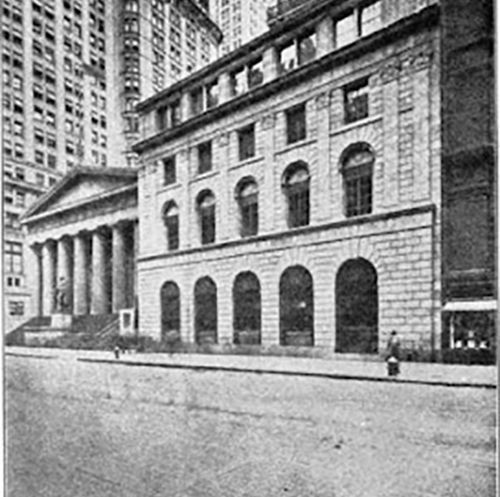
In 1915 renovation work began on a new three-story limestone structure, which still stands today, to become the new United States Assay Office.
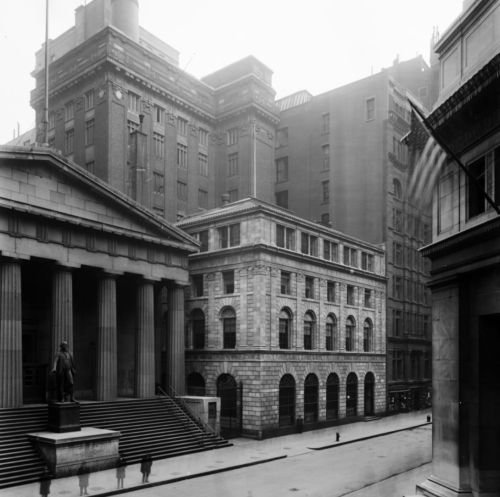
The building was repaired after an explosion – set off using a horse drawn carriage – rocked Wall Street on Sept. 16, 1920.
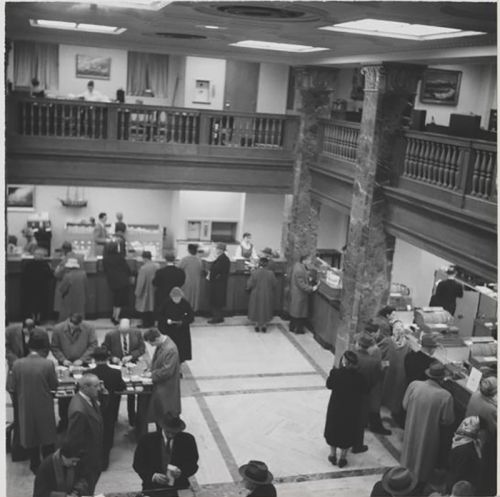
In 1953 Seamen’s Bank for Savings acquired the building and added a tower that rises to 12-stories.
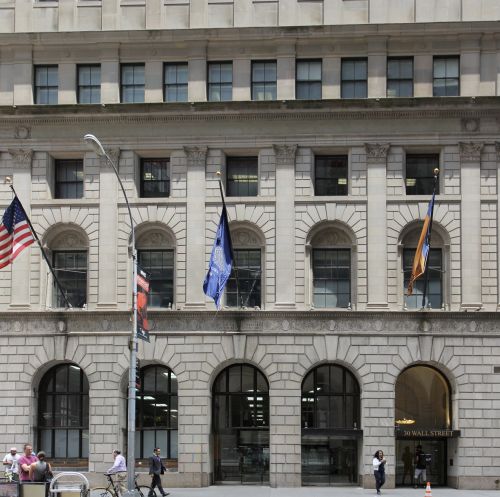
30 Wall St. repositioned as a boutique office building and owned by long term oriented, stable ownership who’s committed to the evolution of the The Financial District.
